Below are my “Top 40” picks from the approximately 212 new packages that made it to CRAN in April. They are organized into ten categories: Computational Methods, Data, Data Science, Machine Learning, Music, Science, Statistics, Time Series, Utilities, and Visualizations.
Computational Methods
diffeqr v0.1.1: Provides an interface to DifferentialEquations.jl which offers high performance methods for solving ordinary differential equations (ODE), stochastic differential equations (SDE), delay differential equations (DDE), differential-algebraic equations (DAE), and more. There are vignettes for solving differential algebraic equations, delay differential equations, ordinary differential equations, and stochastic differential equations.
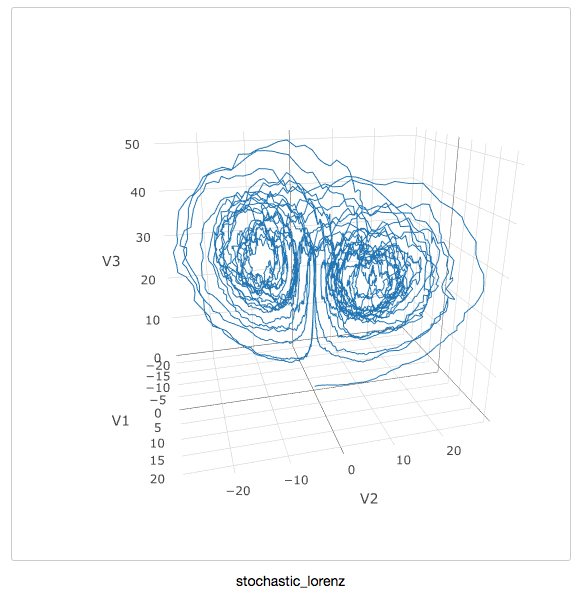
SimRepeat v0.1.0: Provides functions to simulate correlated systems of statistical equations with multiple variable types. There is a vignette describing the underlying theory, as well as vignettes on systems with Continuous variables, multiple variable types, and hierarchical linear models.
Data
echor v0.1.0: Implements an interface to the United States Environmental Protection Agency (EPA) Environmental Compliance History Online ECHO API. The vignette shows how to use the package.
essurvey v1.0.0: Provides an interface to download data from the European Social Survey. There is a vignette.
malariaAtlas v0.0.1: Provides a suite of tools to allow downloading all publicly available parasite rate survey points and raster surfaces from the Malaria Atlas Project servers as well as utility functions for plotting the downloaded data. The vignette shows how to use the package.
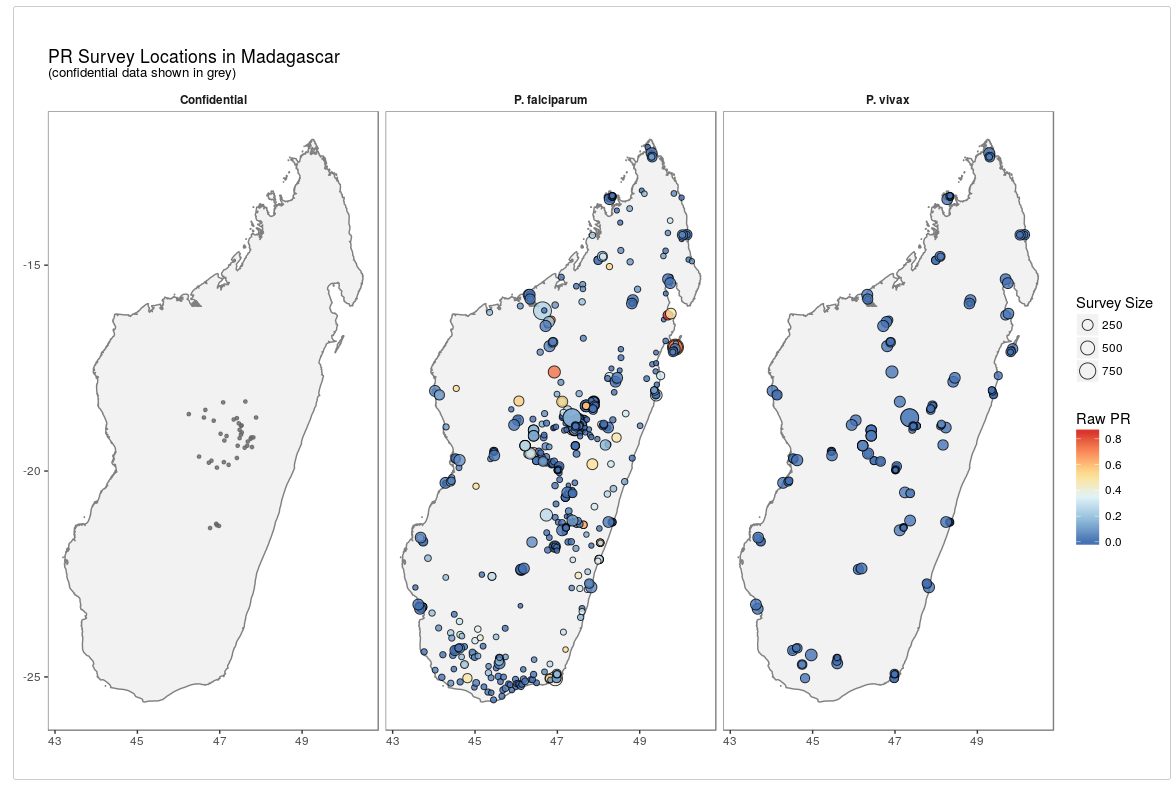
salesforcer v0.1.2: Implements the Salesforce Platform APIs (REST, SOAP, Bulk 1.0, Bulk 2.0, and Metadata). There is a Getting Started guide, a vignette on Transitioning from RForecom and another on Working with Bulk API.
Data Science
mleap v0.1.1: Provides a sparklyr extension to MLeap, an open source library that enables exporting and serving Apache Spark pipelines.
rdfp v0.1.2: Implements Google’s DoubleClick for Publishers (DFP) API. There are vignettes on Ad trafficing setup, administrative tasks, checking availability, manipulating orders and line items, and reporting.
workflowr v1.0.1: Implements a framework for reproducible and collaborative data science. There is a getting started guide, and vignettes on customizing a website, migrating projects, package details, and frequently asked questions.
Machine Learning
aws.translate v0.1.3: Implements a client for AWS Translate, a machine translation service that will convert a text input in one language into a text output in another.
CBDA v1.0.0: Implements an ensemble predictor, a ‘SuperLearner’, using knockoff filtering and concepts from comprehensive sensing to classify Big Data. See the Guide to Compressive Big Data Analytics (CBDA).

featurefinder v1.0: Implements a method to find model features through a detailed analysis of model residuals using rpart classification and regression trees. See Chatterjee and Hadi (2006) and the vignette.
iilassso v0.0.1: Implements efficient algorithms for fitting linear / logistic regression models with an independently interpretable Lasso. See Takada et al. (2018) and the vignette.

live v1.5.4: Implements a methodology for interpreting a complex machine learning model by understanding the key factors. This is achieved through local approximations based on additive regression or CART like models that allow for higher interactions. See Ribeiro et al. (2016) and Staniak and Biecek (2018) for details. The vignette offers a case study.

mlrCPO v0.3.3: Provides a tool set that enriches the mlr with a diverse set of composable preprocessing operators (CPOs). There are several vignettes including First Steps, the mlrCPO Core, Built-in CPOs, Custom CPOs and more.
varrank v0.1: Provides a computational toolbox of heuristic approaches for performing variable ranking and feature selection based on mutual information adapted for multivariate system epidemiology datasets. The core function is a general implementation of the minimum redundancy maximum relevance model: Battiti (1994). The vignette is informative.
Music
tabr v0.2.0: Provides functions to creates guitar tablature from R code using LilyPond, open source music engraving software for generating high quality sheet music based on markup language. tabr also offers nominal MIDI file support. There are several vignettes: Basic example, Chords, Engraving, Phrase Helpers, Musical Phrases, Repeats, Tracks and Scores, and
Non-standard Tuning.
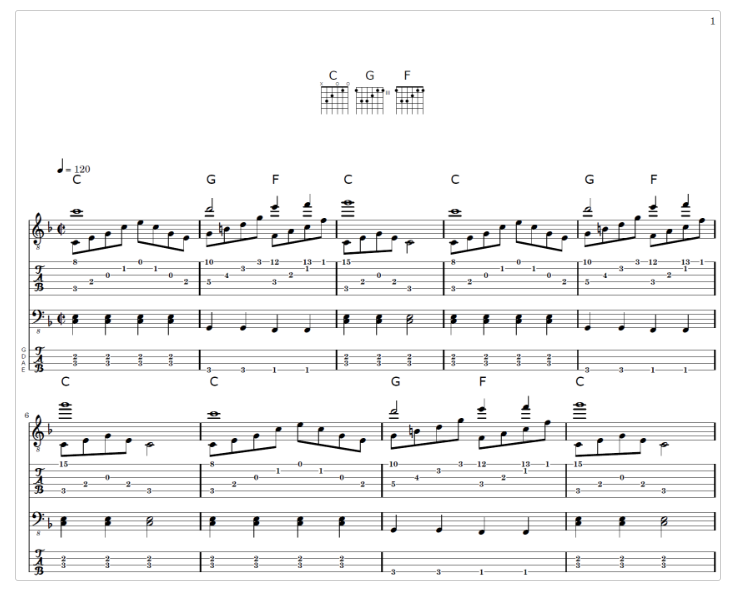
Science
DrInsight v0.1.1: Implements a connectivity mapping-based drug repurposing tool that identifies drugs that can potentially reverse query disease phenotype or have similar functions with query drugs. The vignette provides an example.
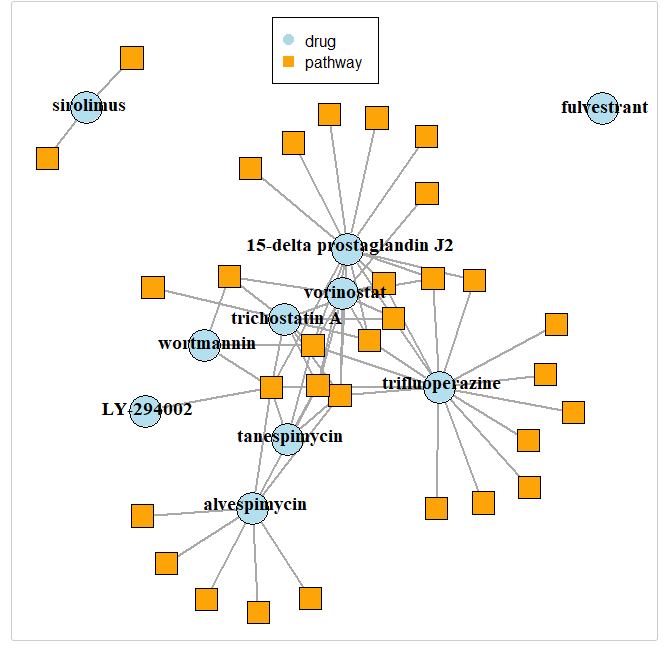
Statistics
cultevo v1.0.2: Provides tools for measuring the composition of signalling systems: in particular, the information-theoretic measure due to Spike (2016) and the Mantel test for distance matrix correlation Dietz (1983) as well as an implementation of the Page test for monotonicity of ranks Page (1963). The vignette provides and example.
indirect v0.2.0: Provides functions to facilitate prior elicitation for Bayesian generalized linear models using independent conditional means priors. Various methodologies for eliciting fractiles are supported, including versions of the approach of Hosack et al. (2017). The vignette describes the methodology.

konfound v0.1.0: Implements methods that reflect recent developments in sensitivity analysis including functions to calculate robustness indices. See Frank (2000) and Frank et al. (2013) for details and the vignette for an introduction to the package.
mgc v1.0.1: Implements Multiscale Graph Correlation (MGC), a framework developed by Shen et al. (2017), that extends global correlation procedures to be multiscale. There are vignettes on the Discriminability statistic, the mgc statistic, and Canonical Dependence Simulations.
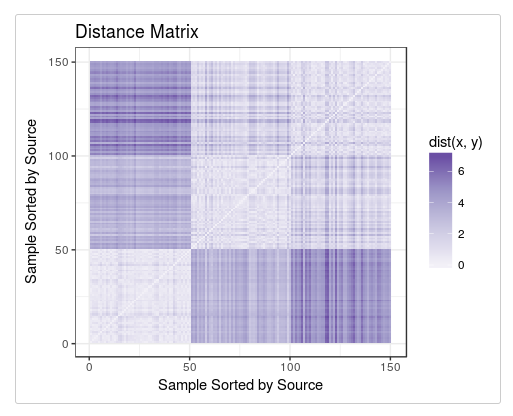
netregR v0.3.1: Provides functions to regress network responses (both directed and undirected) onto covariates of interest that may be actor, relation, or network-valued, and compute principled variance estimates of the coefficients. For details see Marrs et al. (2017) and the vignette.
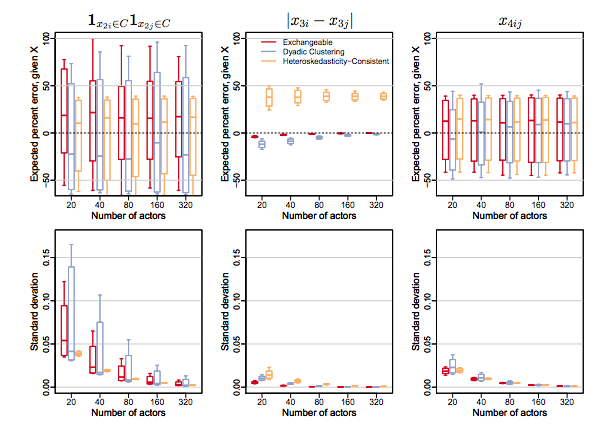
RNGforGPD v1.0: Provides functions to generate univariate and multivariate data that follow the generalized Poisson distribution. See Demirtas (2017) for the details, and the vignette for an example.
SmartEDA v0.2.0: Provides functions that automatically describe the structure and relationships in data to facilitate exploratory data analysis. There is an Introduction to the package and a vignette on building custom tables.
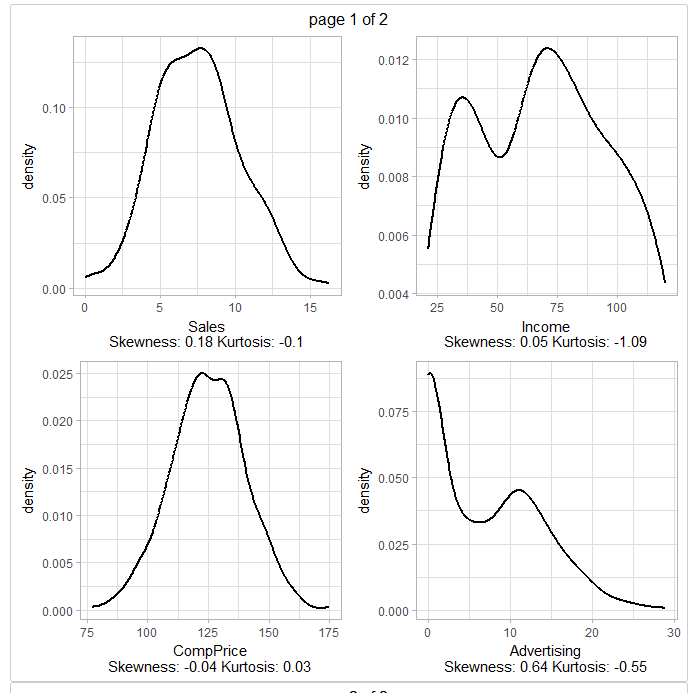
stratifyR 1.0-1: Implements stratified sampling designs for univariate populations using the method of Khan et al. (2002), Khan et al. (2008) and Khan et al. (2015). The vignette goes through the math.
WeMix v1.0.1: Provides functions to run mixed-effects models that include weights at every level. Models are fit using adaptive quadrature following the methodology of Rabe-Hesketh et. al (2006). There is a vignette.
Time Series
anomalize v0.1.1: Implements a “tidy” workflow for detecting anomalies in time series data. Functions decompose time series, detect anomalies, and create bands separating the “normal” data from the anomalous data for multiple time series. There is a Quick Start Guide and a vignette on Methods.
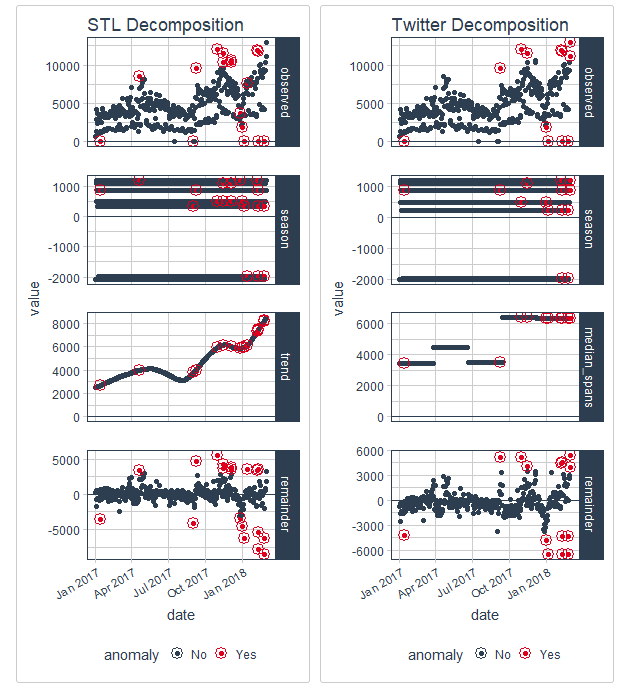
LPWC v0.99.2: Provides functions to compute a time series distance measure for clustering based on weighted correlation and introduction of lags. See Chandereng and Gitter (2018) and the vignette.
Utilities
table1 v1.0: Provides functions to create HTML tables of descriptive statistics, as one would expect to see as the first table (i.e. “Table 1”) in a medical/epidemiological journal article. There is a vignette that shows how to create a table of descriptive statistics.

foolbox v0.1.0: Provides a framework for manipulating functions and translating them with metaprogramming. There is a tutorial and vignettes on Partial Evaluation and Transforming Functions.
graphframes v0.1.0: Implements a sparklyr extension that interfaces to GraphFrames, an Apache Spark package that provides a DataFrame-based API for working with graphs. See README for some details.
komaletter v0.2.0: Offers a versatile R Markdown template for writing letters, using the KOMA-Script letter class scrlttr2 and an adaptation of the pandoc-letter template. There is an Introduction as well as three letter templates: letter1, letter2, and letter3.
pkgnet v0.2.0: Uses tools from graph theory to analyze the dependencies between functions in an R package and between its imported packages and quantify their complexity and vulnerability to failure. There is a vignette.
promises v1.0.1: Provides fundamental abstractions for doing asynchronous programming in R using promises. There are several vignettes: 1. Why use promises?, 2. An informal introduction to async programming, 3. Working with promises in R, 4. Launching tasks with future, 5. Using promises with Shiny, and 6. Combining promises.
Visualization
ERSA v0.1.0: Provides functions for displaying the results of a regression calculation, packaged together as a shiny app. See the Vignette
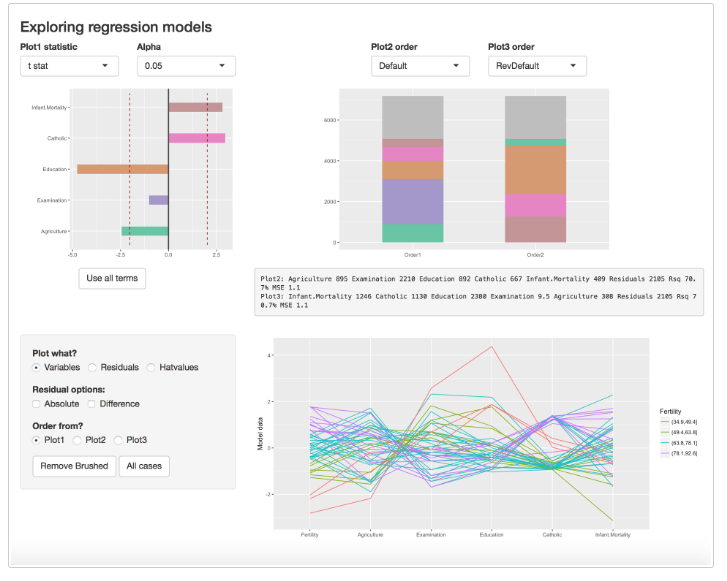
ggplotify v0.0.2: Provides the means to convert plot function calls to grob or ggplot enabling users to align plots produced by base graphics, grid, lattice and vcd functions. See the vignette.
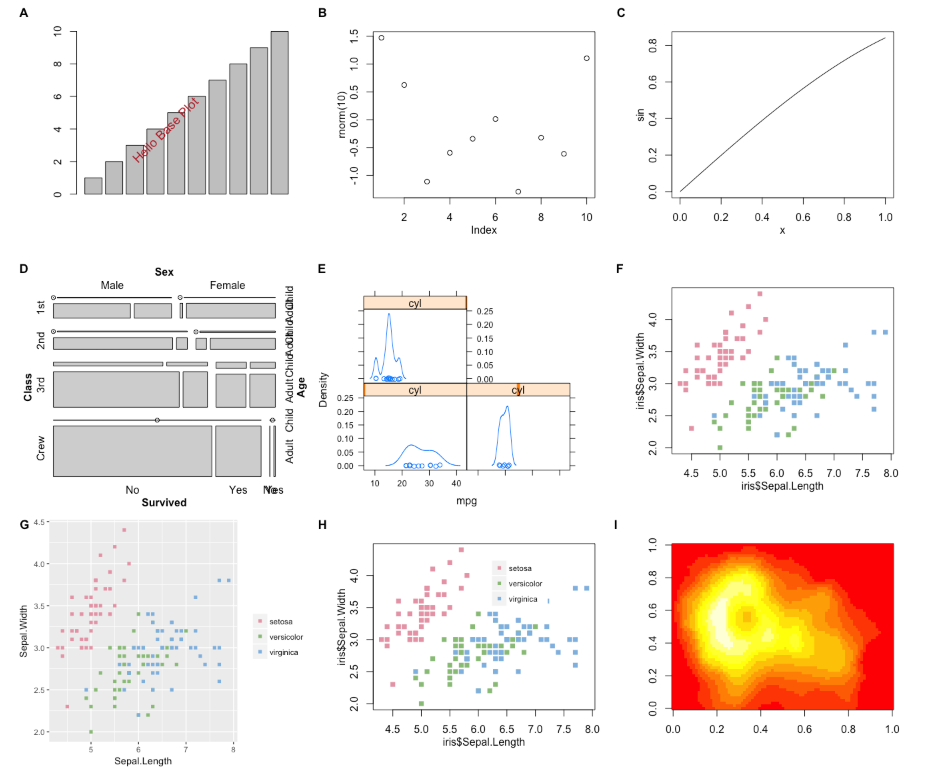
ggstatsplot v0.0.3: Extends ggplot2 to produce graphics with details from statistical tests. There are vignettes for producing publication ready violin plots, correlation plots, histograms, pie charts, scatter plots as well as vignettes describing the default theme and showing how to combine plots.
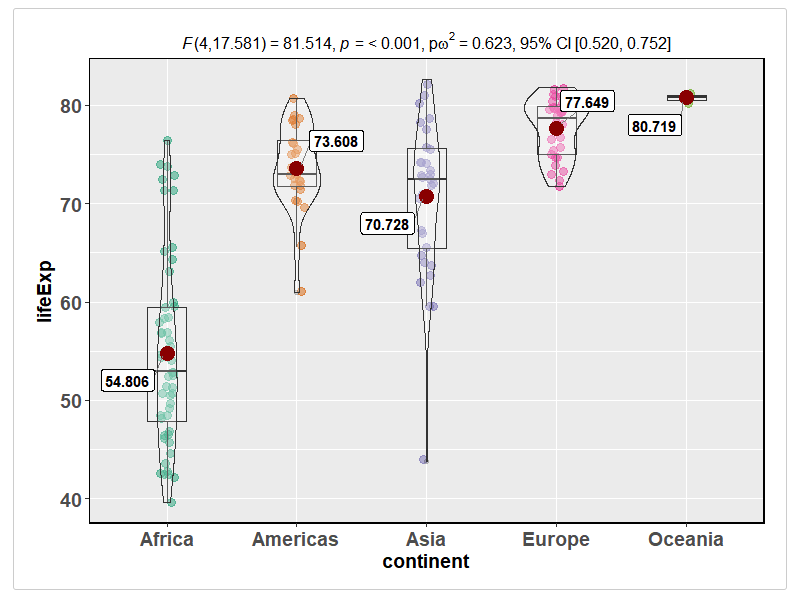
panelView v1.0.1: Provides functions to visualize panel data with dichotomous treatments. Look here for details.
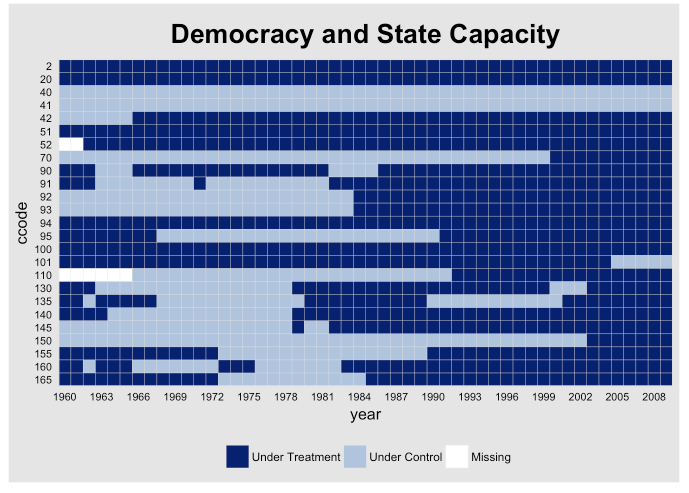
prepplot v0.7: Contains a single function to prepare a figure region for base graphics that makes it easy to produce customized graphics and produce ggplot2 like plots. The vignette explains how.
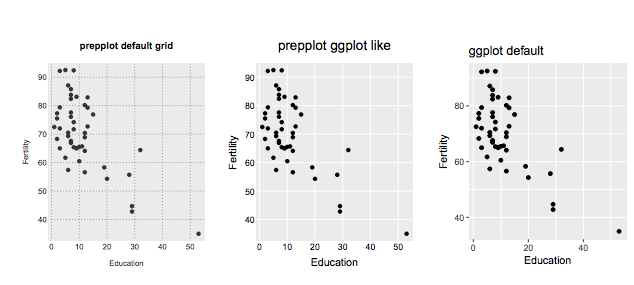
You may leave a comment below or discuss the post in the forum community.rstudio.com.